Articles > Geography
Trying the top The Largest Cities In West Virginia cities on US State Largest Cities – Choose State & Number? Here are the top 10 to get you started.
1. Charleston, WV (Population: 46,838)
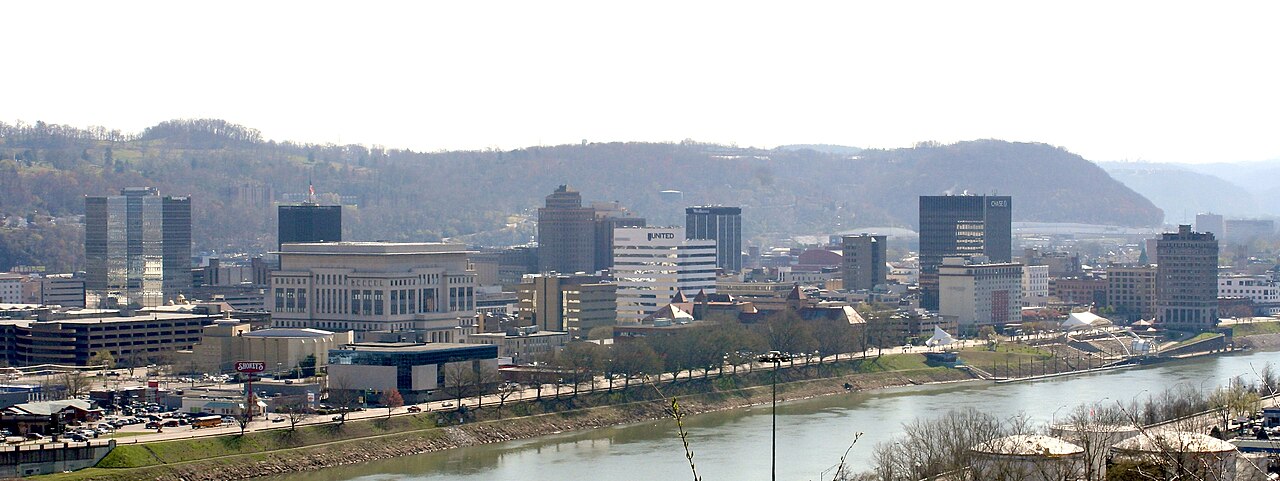
Charleston, the capital and largest city of West Virginia, lies along the Kanawha River and serves as the political, cultural, and business hub of the state. Known for its scenic beauty, Charleston is surrounded by rolling hills and lush Appalachian landscapes. The West Virginia State Capitol, with its impressive gold dome, dominates the skyline, while downtown features theaters, art galleries, and restaurants. The city hosts cultural events such as the Charleston Sternwheel Regatta and FestivALL, which showcase music, art, and community pride. Charleston’s economy blends government, healthcare, energy, and higher education, with institutions like the University of Charleston playing a key role. Outdoor recreation is also abundant, from hiking and fishing to exploring nearby state parks.
Interesting Fact: The gold dome of the West Virginia State Capitol is covered with 23.5 karat gold leaf, making it one of the most striking state capitols in the U.S.
2. Huntington, WV (Population: 45,325)
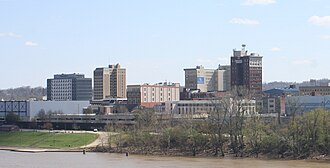
Huntington, located along the Ohio River, is a vibrant city that blends higher education, healthcare, and industry. Home to Marshall University, Huntington benefits from a strong academic and cultural presence, with sports, theaters, and concerts shaping community life. The city’s downtown has seen revitalization, featuring Pullman Square, a central destination for shopping, dining, and entertainment. Huntington’s economy historically centered on the railroad industry, but today it is driven by healthcare, education, and services. The Ohio River waterfront provides scenic beauty and recreational opportunities. Huntington also holds an important place in sports history due to the tragic 1970 Marshall University football team plane crash, memorialized in film and remembered as a key part of the city’s resilience.
Interesting Fact: Huntington is home to the Huntington Museum of Art, the largest art museum in West Virginia, featuring extensive collections and sculpture gardens.
3. Morgantown, WV (Population: 30,429)
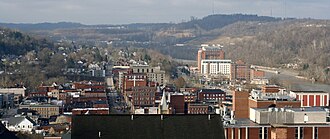
Morgantown, nestled in northern West Virginia along the Monongahela River, is best known as the home of West Virginia University (WVU). With a lively student population, the city has a youthful, energetic atmosphere driven by academics, sports, and culture. WVU’s Mountaineer athletics, especially football and basketball, unite the community and bring national attention. Morgantown also features a personal rapid transit (PRT) system, one of the first of its kind in the country, connecting the university’s campuses and downtown. The local economy is centered on education, healthcare, and technology. Outdoor opportunities are plentiful, with nearby hiking, biking, and water recreation. Morgantown’s mix of small-town charm, big-university spirit, and scenic surroundings make it one of West Virginia’s most dynamic cities.
Interesting Fact: Morgantown’s PRT is a pioneering public transit system, operating since 1975 and still serving thousands of riders each day.
4. Parkersburg, WV (Population: 29,025)
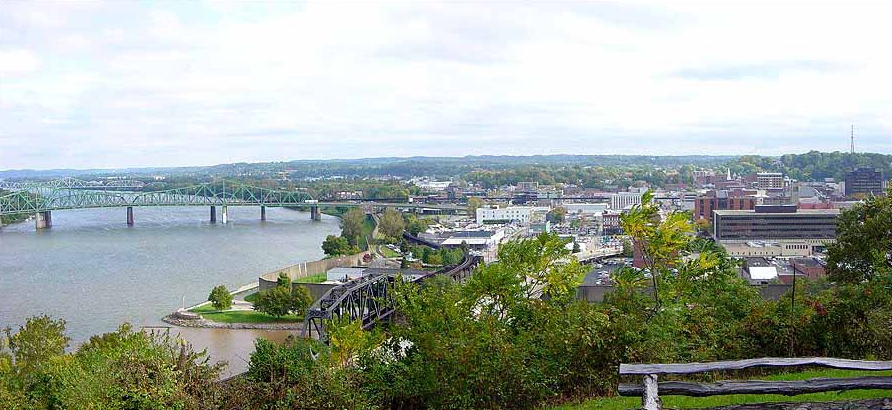
Parkersburg, located at the confluence of the Ohio and Little Kanawha rivers, is one of West Virginia’s historic river cities. It played a key role during the oil and gas boom of the 19th century and remains tied to energy and manufacturing. Today, Parkersburg is known for its blend of history, culture, and outdoor recreation. The Blennerhassett Island Historical State Park, accessible only by boat, features a reconstructed 18th-century mansion and offers visitors a glimpse into early frontier life. Downtown Parkersburg includes museums, local shops, and theaters that reflect its heritage. The city’s riverside setting provides opportunities for fishing, boating, and scenic exploration.
Interesting Fact: Blennerhassett Island was once home to Harman Blennerhassett, whose estate was tied to Aaron Burr’s infamous conspiracy.
5. Wheeling, WV (Population: 26,208)
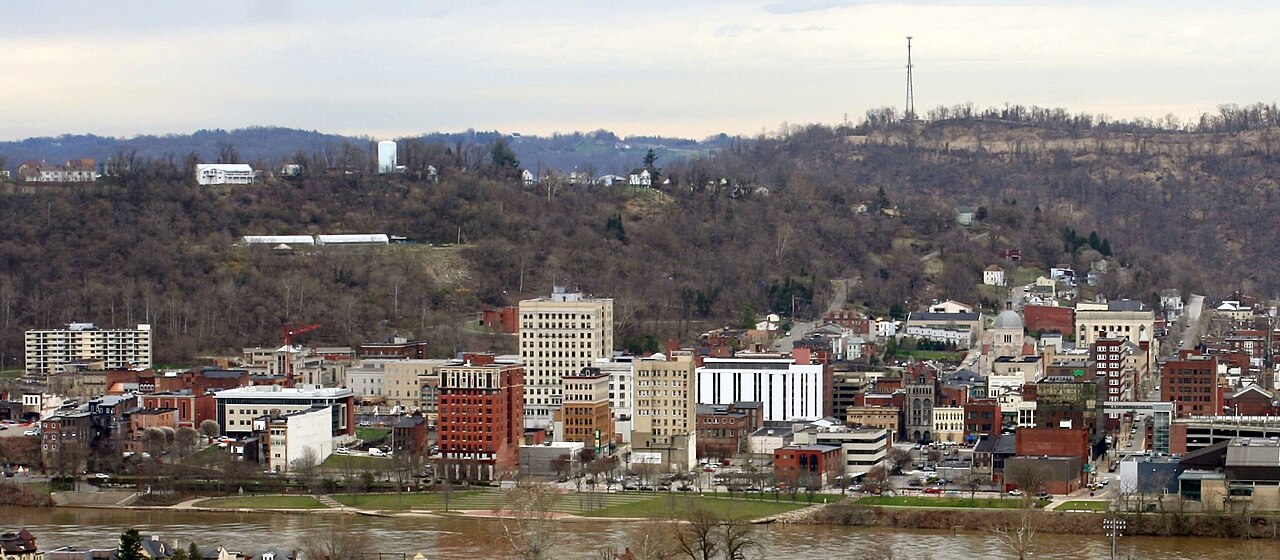
Wheeling, situated along the Ohio River in northern West Virginia, has deep historical significance as the birthplace of the state. The Wheeling Convention of 1861 led to West Virginia’s separation from Virginia during the Civil War. Once a major industrial hub, Wheeling was known for steel production, glassmaking, and manufacturing. Today, the city embraces its heritage while transitioning to healthcare, education, and tourism. Oglebay Resort and the historic Wheeling Suspension Bridge are key attractions, along with the Capitol Theatre, which hosts concerts and performances. Wheeling’s downtown revitalization and riverfront development highlight its balance of history and modern growth.
Interesting Fact: Wheeling was the first capital of West Virginia, before the government later moved to Charleston.
6. Martinsburg, WV (Population: 18,935)
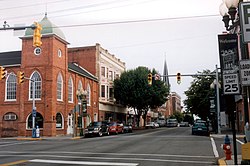
Martinsburg, in the eastern panhandle of West Virginia, is a city with a strong railroad heritage and growing ties to the Washington, D.C., metro area. Known as the “Gateway to the Shenandoah Valley,” Martinsburg played an important role during the Civil War as a transportation hub. Today, its economy has diversified into government services, healthcare, and logistics, with many residents commuting to nearby metropolitan areas. The city retains its small-town charm with historic districts, museums, and cultural events. Martinsburg also benefits from its proximity to Harpers Ferry and the Appalachian Trail, making it a convenient base for outdoor enthusiasts.
Interesting Fact: The Baltimore & Ohio Railroad’s roundhouse complex in Martinsburg is one of the oldest surviving roundhouse facilities in the United States.
7. Weirton, WV (Population: 18,386)
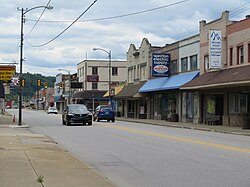
Weirton, located in the northern panhandle along the Ohio River, has historically been tied to the steel industry. Once one of the largest steel-producing cities in the country, Weirton’s identity was shaped by the mills that employed much of its population. While heavy industry has declined, Weirton continues to diversify its economy into healthcare, services, and light manufacturing. The city benefits from its proximity to Pittsburgh, offering both small-town living and access to metropolitan opportunities. Weirton’s community spirit, local festivals, and riverside setting contribute to its enduring character.
Interesting Fact: At its peak, Weirton Steel was one of the largest private employers in the U.S., shaping the city’s growth throughout the 20th century.
8. Fairmont, WV (Population: 18,155)
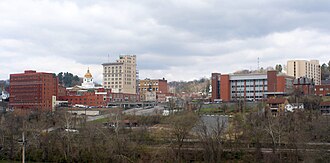
Fairmont, located along the Monongahela River, has long been associated with coal mining and energy. Known as the “Friendly City,” Fairmont has transitioned to include education, healthcare, and technology in its economy. Fairmont State University adds academic and cultural influence, while the city is also notable as the birthplace of the first Father’s Day celebration in 1908. Local attractions include Prickett’s Fort State Park, which preserves 18th-century frontier life, and Valley Falls State Park, known for its scenic waterfalls and trails. Fairmont balances small-town charm with a rich heritage rooted in Appalachian culture.
Interesting Fact: Father’s Day was first celebrated in Fairmont, West Virginia, making it a historic landmark for the holiday.
9. Beckley, WV (Population: 16,576)
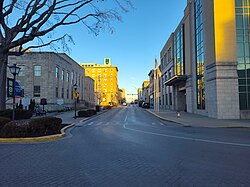
Beckley, located in southern West Virginia, is often considered the gateway to the state’s coalfields and outdoor adventure destinations. Known as the “Smokeless Coal Capital,” Beckley has a strong mining heritage showcased at the Beckley Exhibition Coal Mine. The city is also close to New River Gorge National Park, one of the newest national parks in the U.S., offering whitewater rafting, rock climbing, and hiking. Beckley’s local economy blends healthcare, education, and tourism. Cultural life includes theaters, festivals, and art galleries that celebrate Appalachian traditions.
Interesting Fact: Beckley’s Exhibition Coal Mine allows visitors to tour underground tunnels and experience life as a coal miner.
10. Clarksburg, WV (Population: 15,489)
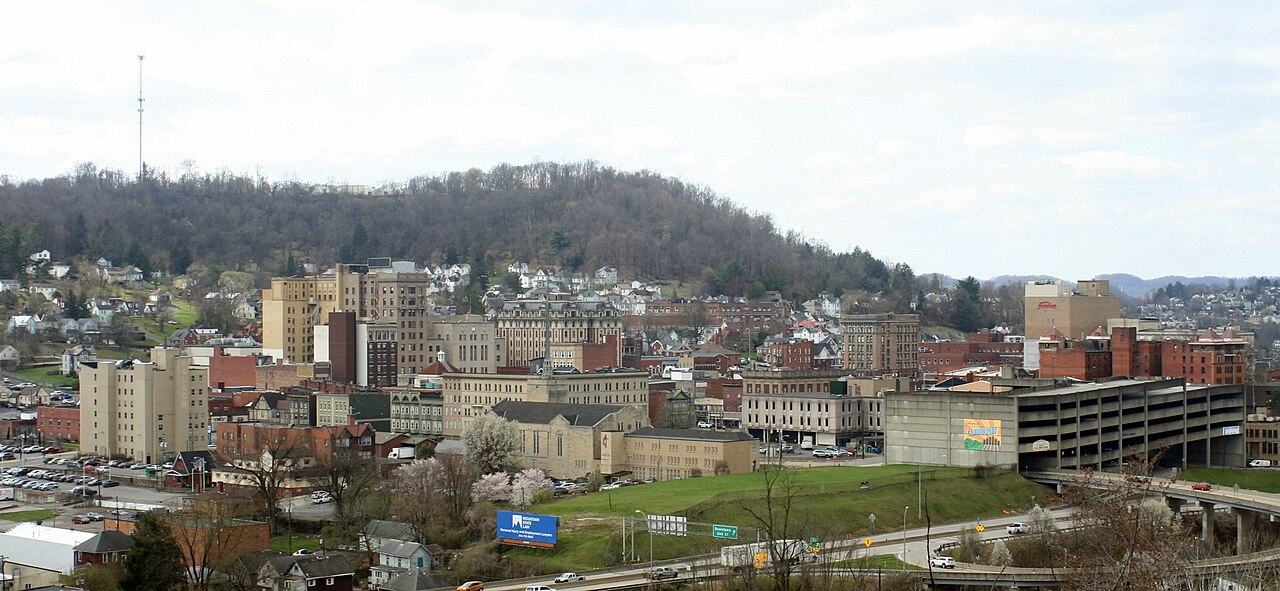
Clarksburg, situated in north-central West Virginia, combines historic charm with modern industry. Founded in the 18th century, Clarksburg grew as a center for glassmaking and manufacturing. Today, its economy includes government services, energy, and small businesses. The city’s historic downtown features landmarks like the Waldomore, a historic mansion turned library, and the Robinson Grand Performing Arts Center. Clarksburg is also home to several Italian festivals that celebrate the heritage of immigrant communities that shaped the city’s culture. Its central location provides access to outdoor activities and nearby attractions.
Interesting Fact: Clarksburg hosts one of the largest Italian heritage festivals in the U.S., drawing thousands of visitors each year.




